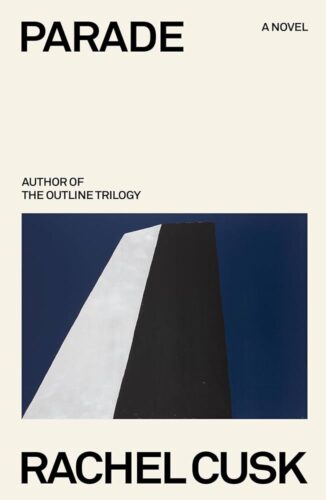Book Title: Parade
Author: Rachel Cusk
Rachel Cusk’s “Parade” is a daring departure from traditional storytelling, inviting readers into a fragmented world where themes of freedom, gender dynamics, and artistic expression intersect in unexpected ways. As a fan of Cusk’s previous works, I approached “Parade” with anticipation, having been captivated by the narrative finesse displayed in her “Outline” trilogy and “Second Place.” Yet, this latest offering ventures into more abstract territory, eschewing a centralized narrative for a series of loosely connected episodes.
Divided into four distinct sections, “Parade” introduces us to various characters, all identified by the initial “G,” each grappling with their own artistic pursuits and existential dilemmas. This deliberate anonymity serves to underscore Cusk’s exploration of identity and perception, albeit at the cost of narrative clarity. The novel’s unconventional structure, with its erratic shifts between first- and third-person perspectives, initially struck me as disorienting and, at times, pretentious. However, as I immersed myself deeper, I appreciated Cusk’s ambitious attempt to craft a Cubist-like portrait of her characters’ lives.

“The Stuntman,” the novel’s opening section, sets the tone with its philosophical musings on art and self-expression. Drawing parallels to Nikolai Gogol’s satirical approach, Cusk introduces us to G, an artist who challenges convention by painting upside down. Through G’s journey of artistic evolution and public reception, Cusk cleverly mirrors her own artistic trajectory, navigating between criticism and acclaim.
Throughout the book, Cusk’s characters confront societal expectations and personal struggles with a raw honesty that is both haunting and enlightening. In “The Midwife,” another female artist named G finds herself trapped in a stifling marriage, echoing Cusk’s exploration of gender roles and the complexities of female identity. This section, along with the introspective “The Spy,” which delves into themes of detachment and familial discord, underscores Cusk’s ability to evoke profound emotional resonance amidst intellectual discourse. I enjoyed the narration without any doubt.
The novel’s thematic richness is further highlighted in “The Diver,” where a tragic event at an art exhibition prompts discussions on the intersection of art and morality. Here, Cusk’s narrative mirrors the earnest intellectual exchanges found in French cinema, tackling complex questions about the role of art in contemporary society.
While “Parade” succeeds in its ambition to present a nuanced reflection of reality, its experimental nature may prove challenging for readers seeking a more linear narrative. Cusk’s exploration of identity and artistic expression through multiple perspectives is undeniably thought-provoking, yet the novel’s fragmented structure occasionally detracts from its emotional impact. Nevertheless, Cusk’s commitment to authenticity, as inspired by Natalia Ginzburg’s writings, shines through, inviting readers to confront the complexities of life and art with an open mind.
In conclusion, “Parade” is a bold reflection to Rachel Cusk’s evolving literary prowess, offering a compelling blend of philosophical inquiry and artistic introspection. While not without its challenges, these novel rewards readers willing to engage with its unconventional narrative form, leaving a lingering impression of the profound interconnectedness of human experience and creativity.
*









Add comment